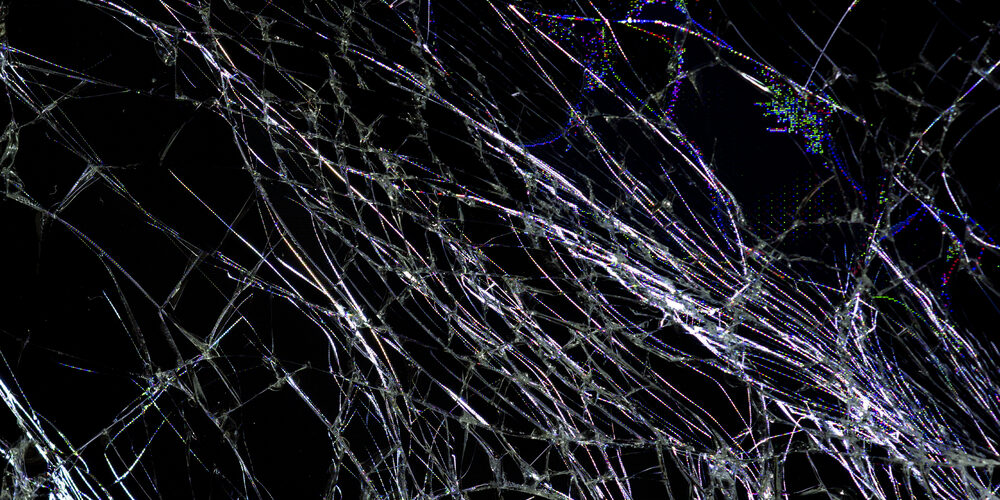Yes, 8mm film can deteriorate over time due to various factors, including environmental conditions, handling practices, and the quality of the film itself.
Here are some common ways in which 8mm film can deteriorate…
- Physical Damage – Physical damage such as scratches, tears, or creases can occur from mishandling or improper storage of the film. These damages can affect the readability and quality of the footage.
- Chemical Deterioration – The chemical composition of the film can degrade over time, leading to changes in color, fading, or loss of image quality. This deterioration can occur due to exposure to environmental factors such as heat, humidity, and pollutants.
- Mold and Mildew – If 8mm film is stored in damp or humid conditions, it can be susceptible to mold and mildew growth. Mold can damage the film emulsion and lead to permanent stains or degradation of the footage.
- Vinegar Syndrome – Some types of film, particularly acetate-based films, can develop a condition known as vinegar syndrome. This occurs when the film base deteriorates, releasing acetic acid and causing a characteristic vinegar-like odor. Vinegar syndrome can lead to shrinkage, warping, and loss of image quality in the film.
- Base Decomposition – Over time, the base material of the film can decompose or break down, leading to brittleness, warping, or delamination of the film layers. This deterioration can affect the structural integrity and stability of the film.
To minimize deterioration and prolong the lifespan of 8mm film, it’s essential to store it in a cool, dry environment away from direct sunlight, moisture, and extreme temperatures. Handle the film with care to avoid physical damage, and consider digitizing the footage to preserve it in a more stable and accessible format. If you have concerns about the condition of your 8mm film or want to ensure its preservation, consider consulting with a professional archivist or preservation specialist for guidance on best practices.






